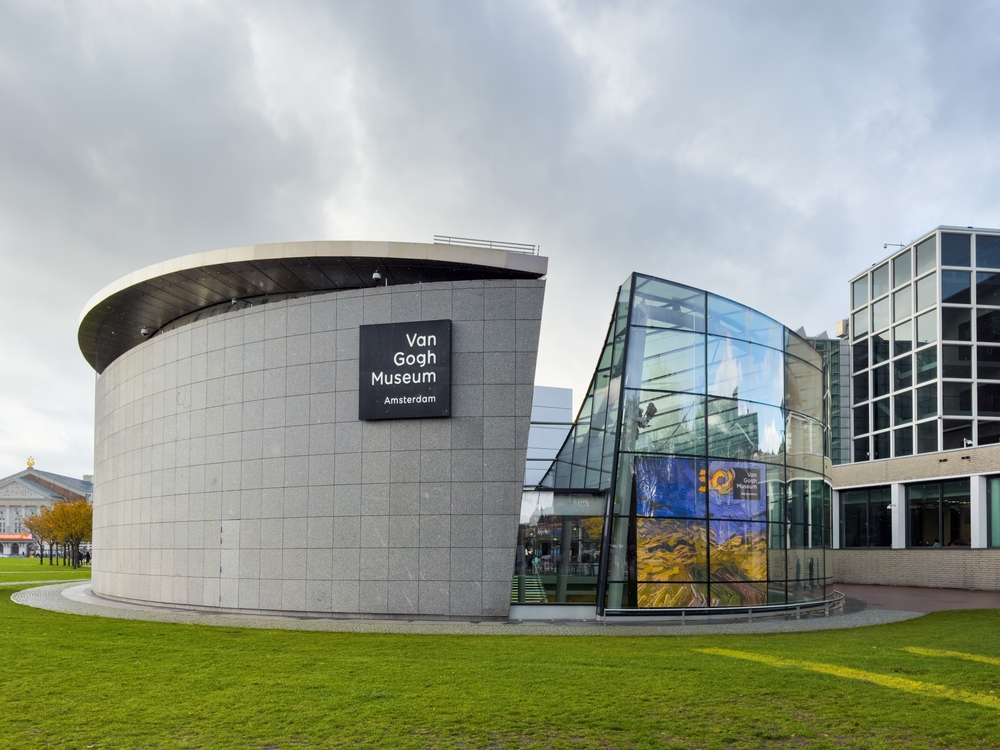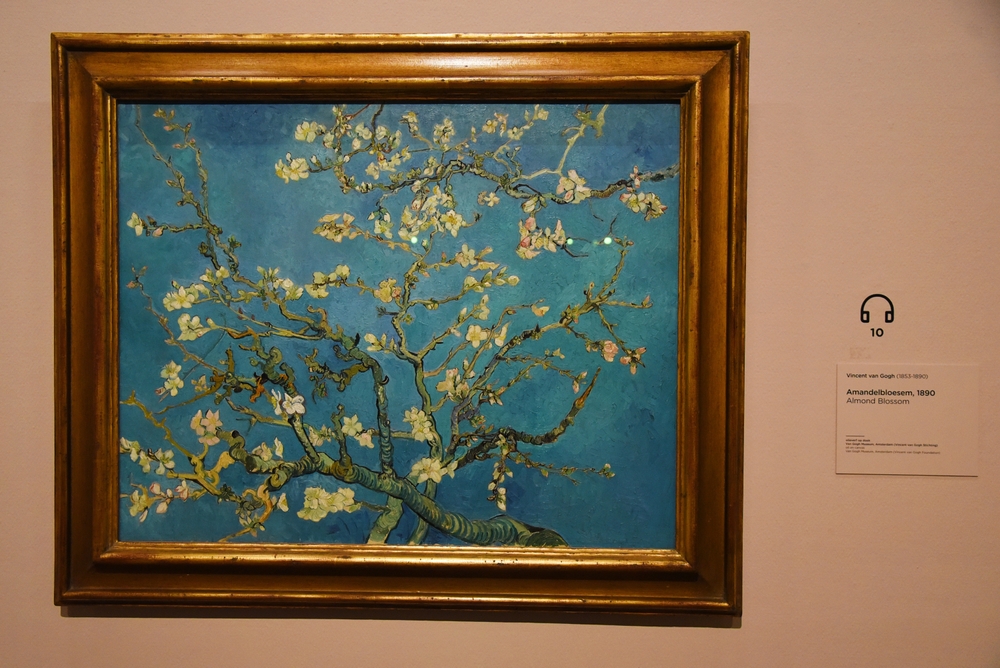Walking through the vibrant streets of Amsterdam, Netherlands, the blend of historic charm and modern culture creates an irresistible allure for travelers. Amidst this scenic beauty lies a treasure trove dedicated to one of the most fascinating artists of all time: the Van Gogh Museum. The museum houses a special gem often overlooked by visitors. The literary world within the Van Gogh Museum offers a unique perspective into the artist’s life and is a must-visit for both art lovers and those interested in culture.

The Van Gogh Museum library boasts one of the world’s largest collections of literature on Vincent van Gogh’s life and work. For anyone passionate about studying the artist in depth, the library’s collection includes rare books and manuscripts that shed light on lesser-known periods of Van Gogh’s life, including his early formative years. Moreover, many books and catalogues have been written by the museum’s staff members, who have committed themselves to Van Gogh studies.
Furthermore, the library keeps adding academic publications and exhibition catalogues, making it a complete resource for researchers and enthusiasts. The library is accessible by appointment, inviting exploration of Van Gogh’s world, without the need for academic credentials.
Building on the museum’s resources, the museum’s multimedia guide offers an enriching, interactive experience. Available in multiple languages, the guide presents Van Gogh’s life through his letters. The letters, often to his brother Theo, provide insight into his personal thoughts and the context of his paintings.


The multimedia guide also provides information on Van Gogh’s artistic methods and his personal challenges, including his mental health. These presentations are updated regularly with the latest research findings for a relevant experience.
A unique feature of the library is its collection of artist books and experimental publications inspired by Van Gogh’s work. These contemporary interpretations show how Van Gogh continues to inspire artists today. Additionally, the multimedia guide is crucial for experiencing Van Gogh’s personal letters, which are too delicate for frequent display.
To protect the letters and works, the museum library uses digital technology, permitting access to these resources without risking damage. This practice highlights the museum’s commitment to preservation and accessibility.
The Van Gogh Museum in Amsterdam is more than a gallery. It serves as a knowledge hub and bridges the past to the present. When planning a cultural visit, consider the literary and multimedia aspects that await at the Van Gogh Museum. An encounter here promises to deepen the understanding of an iconic artist and his continued influence.

